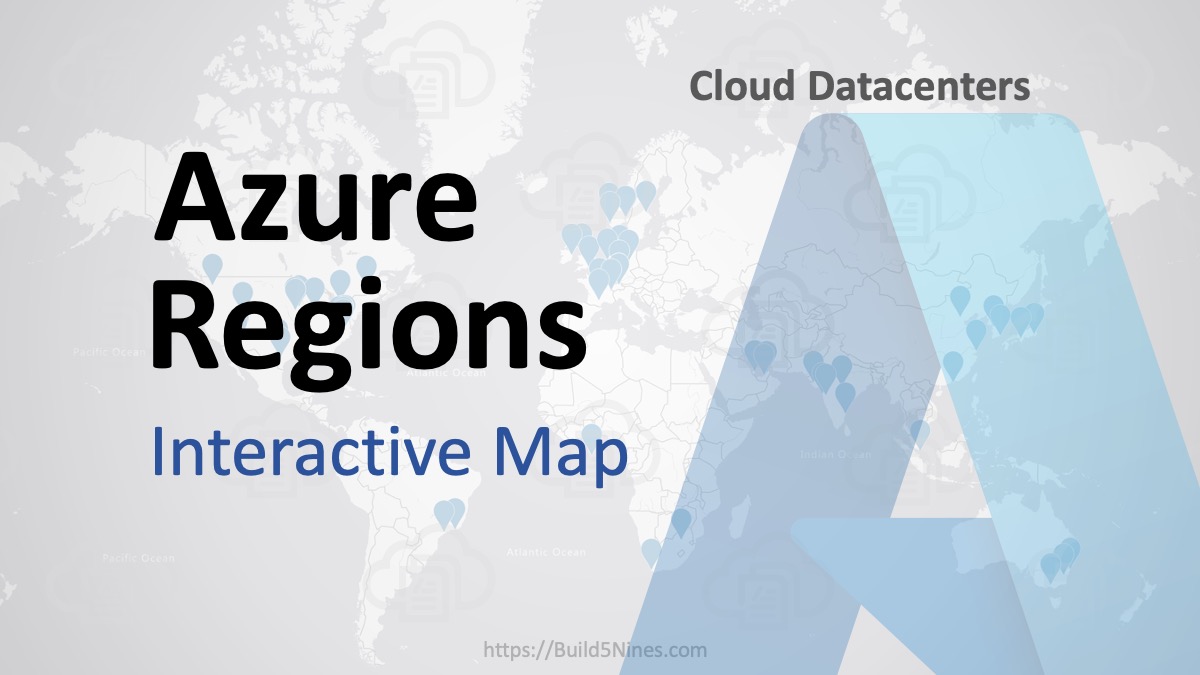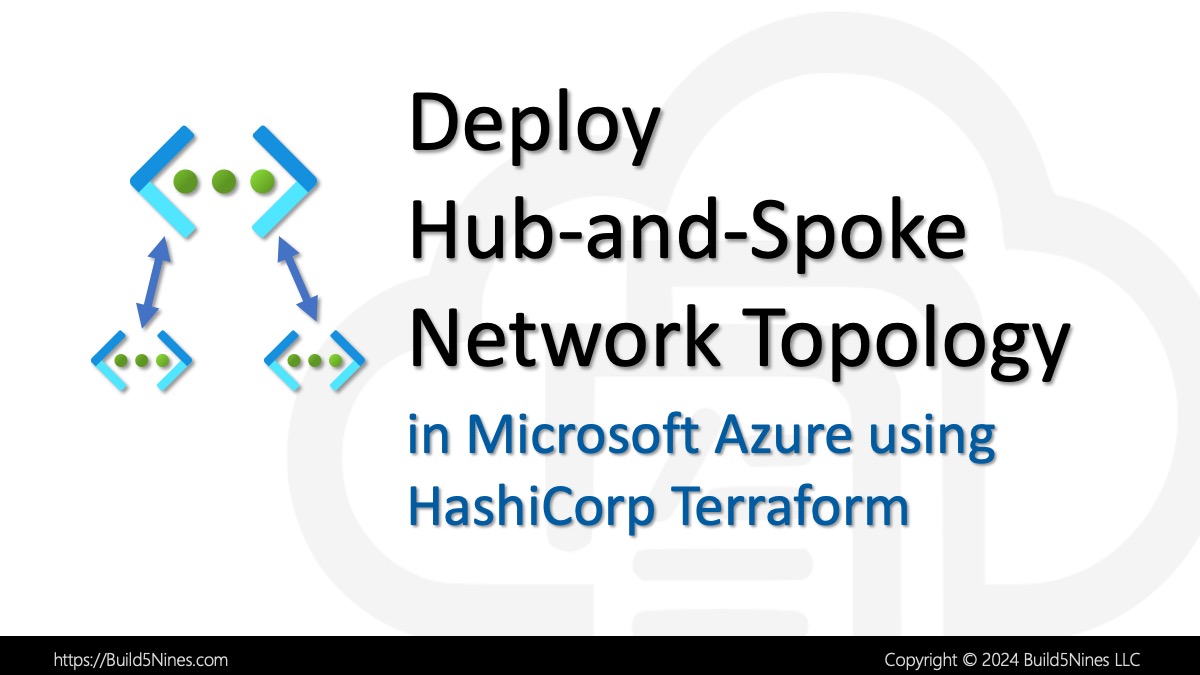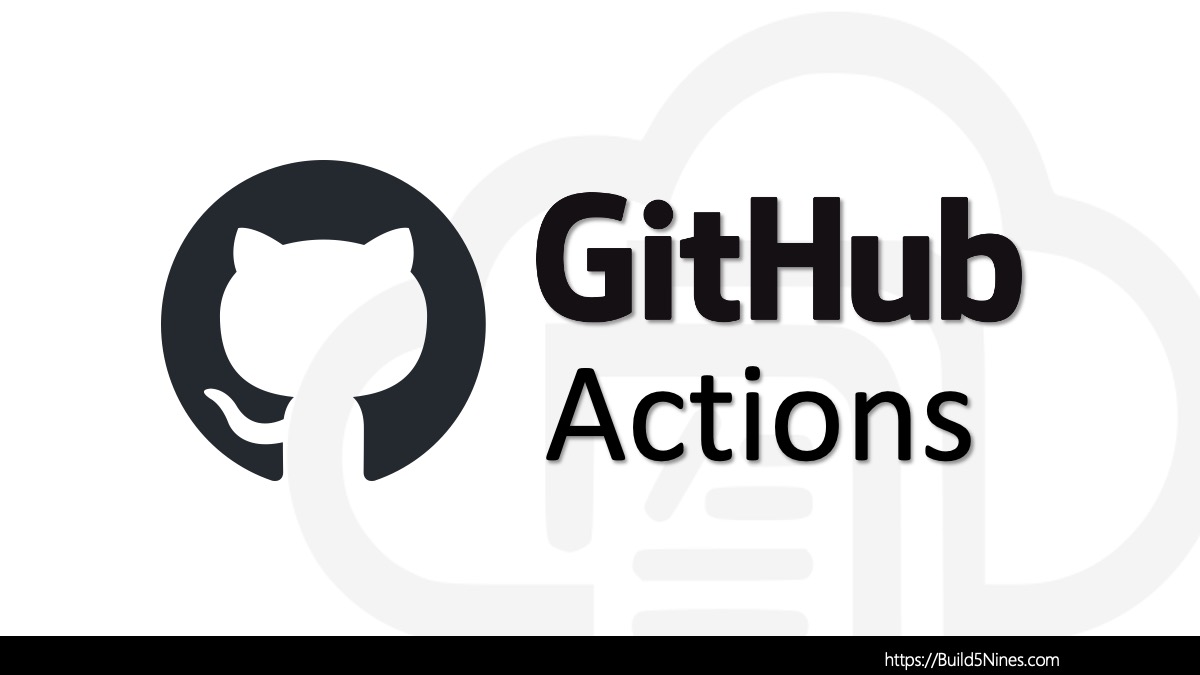In the area of artificial intelligence (AI), the quest for smaller yet powerful language models has been an ongoing pursuit. Microsoft has taken a significant leap forward with the introduction of Phi-3. These new models promise to redefine the landscape of Small Language Models (SLMs), offering unparalleled capabilities and cost-effectiveness.
Table of Contents
Phi-3 Unveiled
Phi-3 emerges as a family of open AI models, crafted meticulously by Microsoft to push the boundaries of what SLMs can achieve. These models stand out for their exceptional performance, outstripping others of similar sizes across various language, reasoning, coding, and mathematical benchmarks.
Phi-3-mini Key Features
Phi-3-mini, the inaugural member of this groundbreaking family, boasts a 3.8 billion parameter model. It introduces novel advancements such as support for a context window of up to 128K tokens, a feat previously unseen in its class. Moreover, it is instruction-tuned, primed to comprehend and follow diverse types of instructions with ease.
Availability and Accessibility
Phi-3-mini is readily available on platforms like Microsoft Azure AI Studio, Hugging Face, and Ollama, offering developers seamless access for their projects. Its compatibility with ONNX Runtime ensures optimal performance across various hardware configurations, from GPUs to CPUs and even mobile devices.
The Phi-3-mini model is already available on Microsoft Azure AI Studio.
Safety and Responsibility
Microsoft upholds its commitment to responsible AI practices with Phi-3 models, adhering to stringent safety standards and principles. Rigorous evaluation processes, including safety measurement, red-teaming, and sensitive use reviews, ensure that these models are developed and deployed ethically and securely.
Unlocking New Capabilities
Phi-3 models unlock a realm of possibilities, especially in resource-constrained environments and latency-bound scenarios. Their compact size and efficient performance make them ideal for on-device applications and tasks where swift responses are imperative.
Real-World Applications
Already, Phi-3 is making waves in diverse sectors, including agriculture, where it aids farmers in areas with limited internet access. Collaborations with companies like ITC highlight the potential of Phi-3 in real-world solutions, promising efficiency and accuracy in tasks ranging from coding assistance to personalized applications.
Continued Evolution
Phi-3 represents the latest evolution in Microsoft’s journey towards enhancing language models. Building upon the success of predecessors like Phi-1 and Phi-2, these models embody Microsoft’s dedication to innovation and quality in AI research and development.
Phi-3 Family of Models
In the coming weeks, Microsoft is planning to make available additional models in the Phi-3 family. These will offer more flexibility across the quality-cost curve. The following Phi-3 models will be additionally available in the Azure AI model catalog and other model gardens soon:
- Phi-3-small (7B parameter model)
- Phi-3-medium (14B parameter model)
Conclusion
With Phi-3, Microsoft redefines the paradigm of small language models, offering a potent blend of performance, accessibility, and responsibility. As Phi-3 continues to evolve and find its place in diverse applications, the future of AI looks brighter and more inclusive than ever before.




 Stack Overflow Upset Over Users Deleting Answers After OpenAI Partnership
Stack Overflow Upset Over Users Deleting Answers After OpenAI Partnership
 OpenAI GTP-4o Now Available in Azure OpenAI Service
OpenAI GTP-4o Now Available in Azure OpenAI Service
 Build a Generative AI App in C# with Phi-3-mini LLM and ONNX
Build a Generative AI App in C# with Phi-3-mini LLM and ONNX
 IPv4 Address CIDR Range Reference and Calculator
IPv4 Address CIDR Range Reference and Calculator
 Azure Regions: Interactive Map of Global Datacenters
Azure Regions: Interactive Map of Global Datacenters







